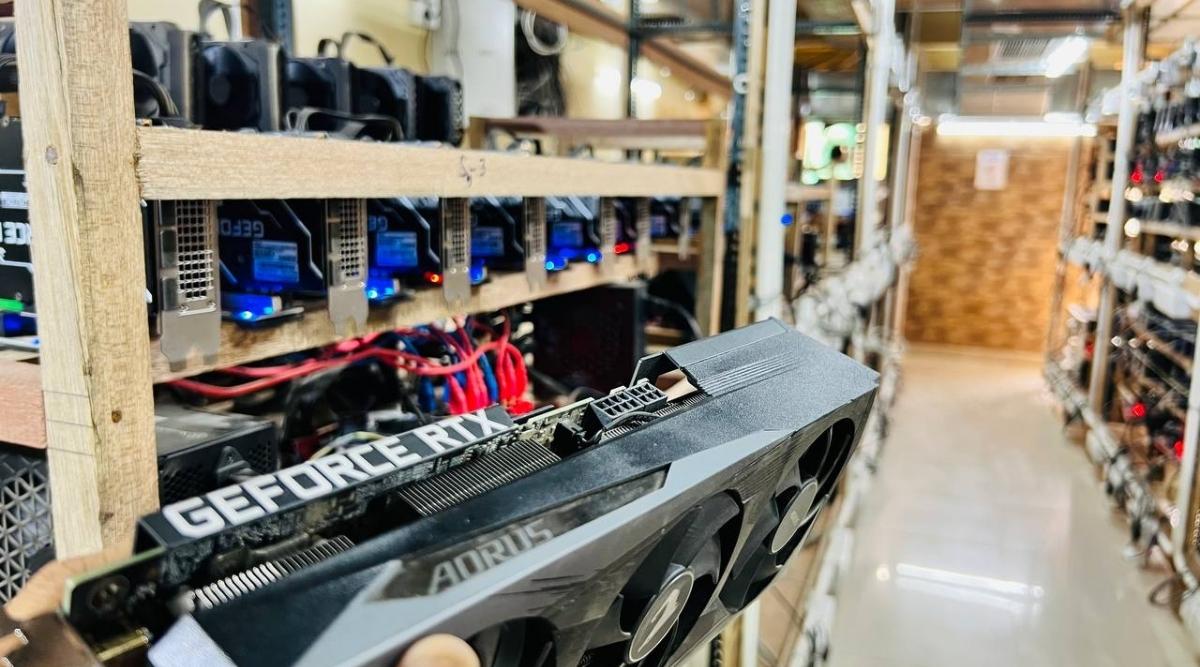
The Ethereum network is undergoing a monumental change from a Proof-of-Work (PoW) consensus mechanism to a Proof-of-Stake (PoS) system known as Ethereum Merge. The merge as it is being called takes place on September 19. The expected result of this merge? Developers will have greater power to build compelling new decentralised apps (dapps) and end users will be able to access these apps more seamlessly.
While this sounds like good news, there’s a catch. As this transition takes place, Ethereum also plans to implement an upgrade that enables developers to create their own virtual machine undergoes (called VM). Put simply, Ethereum merge is the process of merging two virtual machines. This will allow developers to create their own virtual machines that are compatible with the Ethereum Blockchain. In other words, Ethereum will include a virtual machine that will be able to run other virtual machines.
The VMs can then be plugged into the network, thereby expanding Ethereum’s functionality. The aim of this is to make it easier to build new decentralised applications. This will mean developers don’t have to build their own independent software that can run on Ethereum. They can simply plug their own VMs into the network.
The main problem with Ethereum’s VM is that all dapps and smart contracts must run on the same VM. This makes it hard for developers to create their own unique dapps and smart contracts with unique functionalities. It also means that each dapp shares the same transaction pool with the rest of the network, which leads to scalability issues. As the number of dapps on the Ethereum network increases, so does the transaction volume. This could be problematic when the network reaches full capacity.
Dangers when Ethereum Merges
That depends on how the merge is implemented. If done improperly, the upgrade could create a single point of failure in the network. In other words, if the VM crashes, the entire network could go offline. If not implemented correctly, the Ethereum merge could create a single point of failure. However, the Ethereum team has stated that this isn’t their intention.
They’ve also released a blog post detailing their plans for the upgrade, including their plan to implement a “multiple-VM solution.” The Ethereum team hopes to create a hybrid network where some nodes run the old VM while other nodes run the new VM. This would help to mitigate any potential dangers posed by the Merge.
While the Ethereum merge will undoubtedly bring plenty of benefits to the network, it could also pose a few drawbacks. A potential increase in transaction costs is one. If the number of dapps using the Ethereum Blockchain increases, the transaction costs could also increase. If a dapp is using a large amount of the network’s computing power, it will also increase the cost of transactions.
The Ethereum merge could make it easier for hackers to exploit bugs in the code. With decentralised applications coming in all shapes and sizes, the potential for vulnerabilities is high. All in all, the Ethereum merge will undoubtedly provide numerous benefits to the Ethereum network. It remains to be seen how the implementation of this upgrade will impact the Ethereum network.
Benefits of the Ethereum Merge
The Ethereum merge will undoubtedly provide numerous benefits to developers and end users. Some of the most noteworthy benefits include: The Ethereum merge will make it easier for developers to build dapps that are compatible with one another. This could pave the way for new decentralized ecosystems in the future.
With the Ethereum merge, dapps will be easier to access and use. Developers will also be able to create more robust dapps thanks to their increased functionality.
The merge will also make it easier for dapps to scale. This could help to alleviate the blockchain’s current scalability issues. Easier access to the Ethereum Virtual Machine. The Ethereum merge will make it easier for developers to access the Ethereum VM. This will facilitate faster development cycles.


















